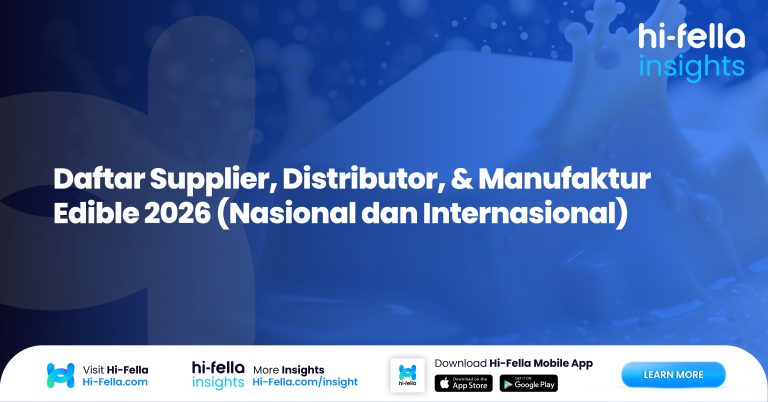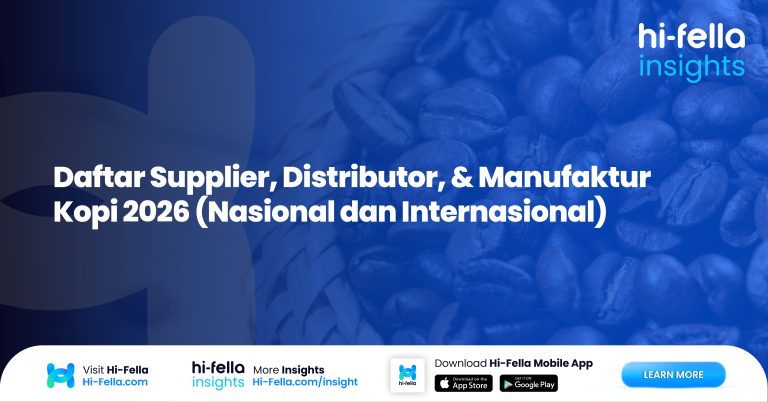Bangladesh’s export potential has been a crucial endeavor for the nation, as it strives to bolster its economy and enhance its global presence. In recent years, Bangladesh has made remarkable strides in various export sectors, including garments, textiles, seafood, and pharmaceuticals, contributing significantly to its national economy. However, this journey is not without its challenges and opportunities, with trade agreements and market diversification playing pivotal roles in shaping the nation’s export landscape. Let’s dive into an overview about Bangladesh’s export potential! Learn about its key exports and their impact on the global market.
Explanation of Bangladesh’s export industry, its growth, and contributions to the national economy.
The notion sparks a new question, what does Bangladesh export? In 2021, Bangladesh held the 32nd position in the world in terms of GDP and was the 56th largest exporter globally. The country’s top exports included Knit T-shirts ($7.06B), Non-Knit Men’s Suits ($6.68B), Knit Sweaters ($6.32B), Non-Knit Women’s Suits ($5.41B), and Knit Women’s Suits ($3.54B). Notably, Bangladesh was the world’s leading exporter of Non-Knit Men’s Shirts, Jute Yarn, Jute and Other Textile Fibers, and Textile Scraps in 2021. They export mostly to the United States ($8.72B), Germany ($8.36B), Spain ($3.6B), United Kingdom ($3.29B), and Poland ($2.94B).
Over the past two decades, Bangladesh export earnings had grown at an impressive annual average rate of 10.25%, reaching $46.36 billion in 2019, contributing significantly to the country’s GDP at 15.32%. However, the COVID-19 pandemic had a substantial impact, causing a 16.23% decrease in exports in 2020, in line with a global downturn in export activity.
Data on Bangladesh’s major exports, including garments, textiles, seafood, and pharmaceuticals
Bangladesh’s export industry is a cornerstone of its economy, generating income and employment opportunities. Major exports encompass garments, textiles, seafood, and pharmaceuticals, with garments being the dominant contributor. The nation’s primary export destinations include the United States, European Union nations, and neighboring Asian countries. Looking ahead, emerging sectors such as technology, agriculture, and renewable energy hold promise for diversifying and expanding Bangladesh’s export potential, contributing to its economic growth.
Insights into the challenges and opportunities for Bangladesh’s export sector, including trade agreements and market diversification
While the export industry in Bangladesh has shown impressive growth, it faces challenges and opportunities. These are the challenges and opportunities for Bangladesh export sector:
Challenges
- Loss of Preferential Benefits: Upon graduation from the LDC group, Bangladesh will lose certain preferential benefits, including duty-free access to export markets for some commodities.
- Reduced Financial Support: The country will no longer receive low-interest loans or grants for development projects.
- Impact on Exports: Projections suggest that Bangladesh may experience an 8-10% reduction in exports due to the erosion of preferential benefits, especially in accessing developed and some developing country markets.
- Competitiveness: To maintain export momentum, Bangladesh must improve its economic capabilities, productivity, and cost efficiency to remain competitive in both domestic and international markets.
Opportunities
- Creditworthiness: Bangladesh’s elevation to the status of a developing nation is expected to enhance its creditworthiness, enabling it to secure commercial loans from international markets with competitive rates.
- Economic Diversification: The country should diversify its exports of commodities and services to reduce reliance on specific sectors and markets.
- Technological Upgradation: Investing in technology and skills development is crucial for human resource development and economic growth.
- Climate Resilience: Efforts are needed to minimize climate vulnerability and ensure inclusive development.
- Sustainable Practices: Some businesses in Bangladesh, particularly in the textiles and garments sector, have adopted sustainable and environmentally friendly practices, securing international recognition. LEED-certified factories have focused on environmental protection, energy efficiency, and worker safety, leading to improved productivity and a positive reputation in the global market.
If you’re looking to explore opportunities in the Bangladeshi export market, this online platform can help you. Meet Hi-Fella, an online business platform where suppliers and buyers from around the world meet. Hi-Fella can provide you with valuable resources and connect you with organizations that specialize in assisting businesses like yours. Take a peek at our website, download our app on Play Store or App Store, and sign up for an account. Don’t miss out on the chance to tap into this dynamic and growing market. Get in touch with Hi-Fella today and embark on your journey to expand your business horizons.








